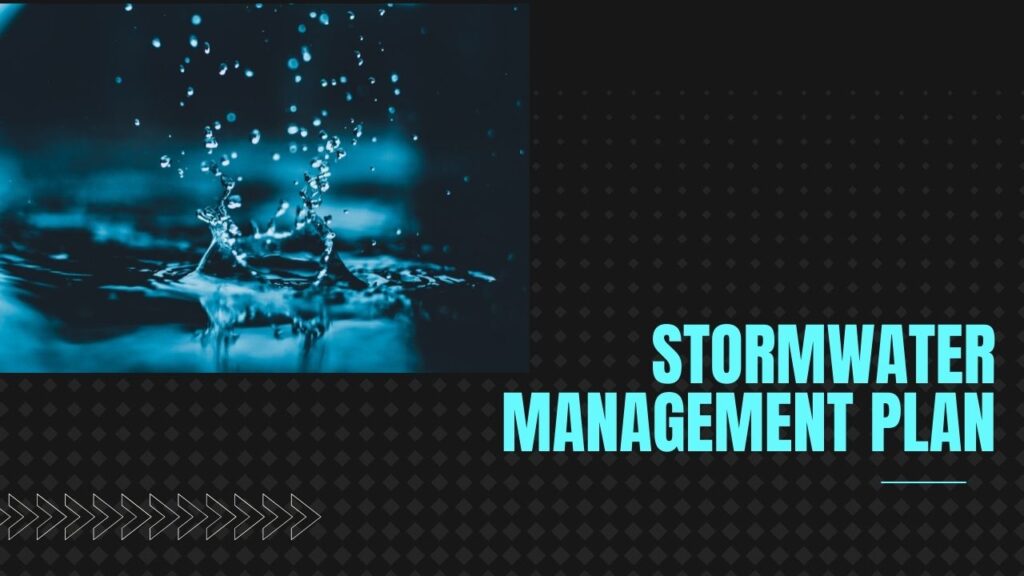- Stakeholders and resources: The first step of a stormwater management plan is to identify key stakeholders, and assign responsibilities while taking stock of the overall budget and resources
- aims of a stormwater management plan: It is important to identify and isolate well defined and clear aims at the start of the plan. Stormwater management plan examples of aims include maximizing the use of substantial quantities of runoff rain water, reduction of occurrence of algal blooms in a particular water body through improved stormwater management plan and strategies, etc
- Scope of stormwater management plan: It is imperative that the scope of the plan be clear. Stormwater management plan example when it comes to scope can be understood by deciding what actually constitutes the water flows for which the stormwater management plan is to be made? Will it only contain natural precipitation (rainwater and ice-melt runoff) ? Or will it contain all groundwater run off including that coming from sprinklers, hoses, etc. ? This way one has clear parameters to look out for at the start.
- Stormwater management plan boundary: One of the most important factors at the start of the project is to clearly mark and understand the project’s geographical boundaries. Will it be a local government, catchment, or sub-catchment? If it shall have more than one sub-catchments or more than one local governments then there is a need to identify how those stakeholders will cooperate with one another and exactly how the planned implementations will overlap in these boundaries.
- Current condition of land within the planned boundaries: An accurate and up to date assessment of the current status of the planned boundary and its characteristics like climate,wetlands, native fauna, etc is the foremost requirement before any implementations can be planned. Tools like on-site visits, aerial photography, etc can be employed.
- Land use activities within the boundary: After the structural components of the land in the planned boundary are identified, it is then important to also identify and understand the functional characteristics of the said land i.e. public spaces, residential and industrial areas, major infrastructure, illicit discharges, etc
- Existing stormwater management systems, practices and processes: One can only update the current practices if one has complete stock and understanding of the existing stormwater management plans and strategies and that of their strengths that need to be reinforced, and their weaknesses that need to be mitigated.
- Economic, Ecological and Social/Cultural values: One must keep in mind considerations of economic values e.g. property value associated with proximity to water; ecological values e.g. capacity to improve water quality; social values e.g. aesthetic appreciation of the natural and built environment.
- Threats: A threat is considered to be an activity or land use with potential to hurt the social / cultural, ecological or economic values of an environmental community, thorugh impacts to stormwater quantity or quality e.g. Industrial or commercial land use runoff.
- Management objectives: They are divided into short term objectives (less than 3 years) e.g. reduce mosquito problems in a catchment, or long term objectives (longer than 3 years) e.g. Protect buildings from flooding or water-logging for a period of decades.
- Priority Management Issues: The knowledge and understanding of current condition, land use activities, values, threats and objectives can equip one to identify the priority management issues in the stormwater management plan.
- Management Options: Once the priority issues have been identified then one can move onto considering the management options available to solve them with respect to available resources and immediate demand.
- Management Actions: Once Management options have been sorted through and correct ones have been identified, one can move onto organizing them into management actions.
- Implementation Plan: The management actions are then organized into a holistic, practical, and simple implementation plan that should be easy to follow and keep track of.
- Monitoring and review: The last step is to monitor the progress of the stormwater management plan, and review to make changes or amendments where and when needed.

